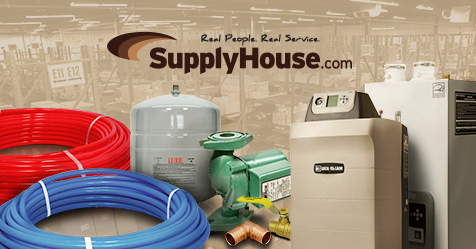Hello I just installed a Drolet heatmax 2. Had my brick chimney relined to 6in non flex factory liner as it was recommended for the stove the chimney is 35ft tall with two 45s on the flue before it enters the chimney. Changed all my duct work from 10" to 6" as recommneded by manufacturer in the manual I am heating a 2400sf home. Before the Drolet heatmax 2, I had a 1970s enterprise fawcett.
My question is I don't find i get a lot of heat after I have closed the air damper is this normal? It does secondary burns very well and my wood is between 15% and 25% moisture as recommended by the manufacturer. Is it possible i have to much draft? Any information would be much appreciated thank you
My question is I don't find i get a lot of heat after I have closed the air damper is this normal? It does secondary burns very well and my wood is between 15% and 25% moisture as recommended by the manufacturer. Is it possible i have to much draft? Any information would be much appreciated thank you


![[Hearth.com] Drolet heatmax 2](/talk/data/attachments/263/263726-c77a30728e524c0b2a60611ac55a03bb.jpg?hash=nlYIJtedqT)
![[Hearth.com] Drolet heatmax 2](/talk/data/attachments/263/263727-5782c814411cef9efdb49d30a898e5a4.jpg?hash=ps7kVfe-Co)
![[Hearth.com] Drolet heatmax 2](/talk/data/attachments/263/263728-8d9fda7634e4ccdbb2130a1d985f4dfe.jpg?hash=w7U_ebECGe)
![[Hearth.com] Drolet heatmax 2](/talk/data/attachments/263/263729-0163eb8645c3e8ce0e87a7db10d06d17.jpg?hash=otxfRuOBrp)

![[Hearth.com] Drolet heatmax 2](/talk/data/attachments/263/263743-594a96b56467303676fbf7a1af770a33.jpg?hash=Awz4D7ZVgp)
![[Hearth.com] Drolet heatmax 2](/talk/data/attachments/263/263744-738a3cc7056c0e1ed8d7db5e578d338b.jpg?hash=w8TAm2CCIT)
![[Hearth.com] Drolet heatmax 2](/talk/data/attachments/263/263745-25a931f32cfabc8e8b26203179b49edc.jpg?hash=mY25aFZ4iU)
